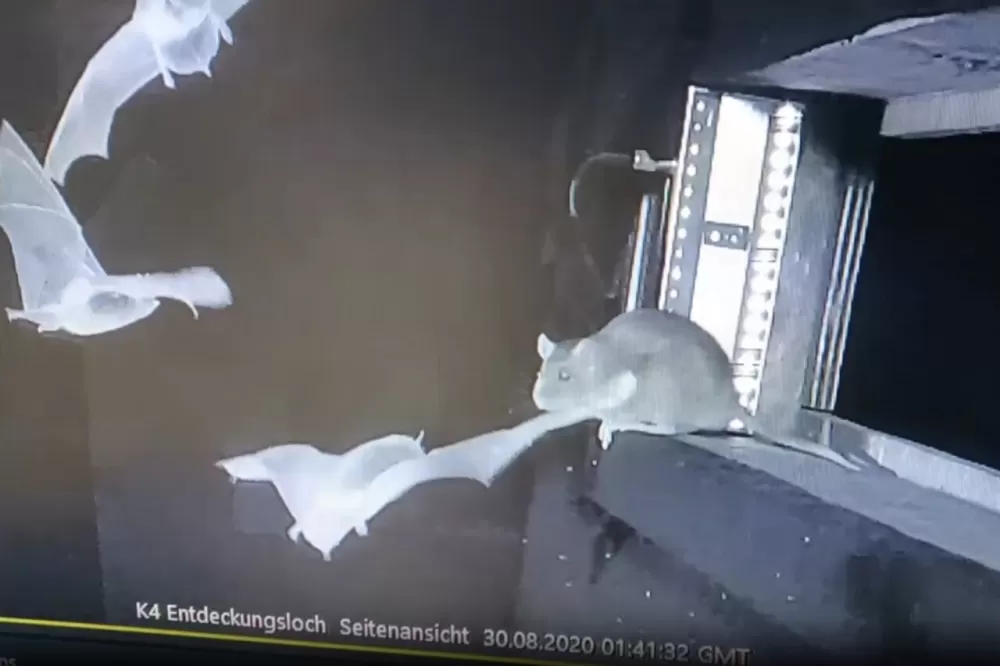A Whirlwind of Culture: SASH's Garba Night Ignites the Spirit of Navaratri at Hopkins
Share- Nishadil
- October 29, 2025
- 0 Comments
- 3 minutes read
- 21 Views

SASH Unites Campus in Dazzling Navaratri Celebration
Every year, the South Asian Students at Hopkins (SASH) bring the joyous spirit of Navaratri to campus with their spectacular Garba dance. It's a truly unforgettable evening, brimming with music, movement, and a profound sense of community, uniting students in a vibrant cultural celebration.
You could feel it, couldn't you? That palpable buzz in the air, a certain electricity that always accompanies the promise of something truly special. For one night, the usually academic hum of Johns Hopkins University was replaced by the vibrant, pulsating rhythms of traditional Gujarati music, the air thick with anticipation and, well, honestly, a touch of cardamom from the delightful refreshments. It was the annual Garba dance, hosted with such passion and precision by the South Asian Students at Hopkins – SASH, as everyone knows them – a celebration that truly transforms the campus.
And what a transformation it is! This isn't just any college get-together, you see. This is Navaratri, a nine-night Hindu festival, a time of profound spiritual significance dedicated to the divine feminine. To put it simply, it's about devotion, yes, but also about community, about coming together to celebrate life and culture through dance. The Garba itself, often performed in concentric circles, is just mesmerizing; a beautiful, rhythmic folk dance from Gujarat, India, typically involving dancers clapping their hands or striking small wooden sticks, called dandiya raas, in time with the music. It’s hypnotic, really, how everyone moves as one.
Now, SASH, they really pull out all the stops for this. Their mission, I suppose, is to create a home away from home, to nurture and share South Asian culture right here on campus. And honestly, they do it so beautifully. Every October, or thereabouts, students and faculty alike flock to whatever grand space SASH has managed to secure, dressed in their finest traditional wear. Think lehengas in every conceivable shade of the rainbow, flowing kurtas, intricate jewelry – a feast for the eyes, wouldn't you agree?
The energy? Absolutely infectious. From the moment the music starts, a collective sense of joy just washes over the room. Even if you’ve never attempted a Garba step in your life – and let's be frank, many haven't – you're quickly swept up in the learning and the sheer fun of it all. There are often instructors, patiently guiding newcomers through the basic steps, demonstrating how to twirl and clap, how to engage with the dandiya. It's a shared experience, a collective dance of discovery, forging connections among students from all walks of life, not just those with South Asian heritage.
But beyond the dazzling costumes and the energetic footwork, there's a deeper current flowing through the event. It’s a powerful affirmation of identity for many South Asian students, a chance to proudly showcase their heritage and share it with a wider audience. For others, it's an invaluable opportunity for cultural immersion, a beautiful glimpse into traditions that might be entirely new. In truth, it builds bridges, fostering understanding and, crucially, a stronger, more inclusive campus community.
After all the dancing, and believe me, it’s quite the workout, there’s always a spread of delectable South Asian treats. And isn't that just the perfect end to such a spirited evening? A chance to catch your breath, refuel, and continue those wonderful conversations that always seem to bloom in such vibrant settings. So, when SASH announces their next cultural event, and they always do, you'd be wise to mark your calendar. Because if their Garba night is anything to go by, it’s not just an event; it’s an experience, a memory in the making, and a vibrant reminder of the rich tapestry of cultures that thrive right here at Hopkins.
Disclaimer: This article was generated in part using artificial intelligence and may contain errors or omissions. The content is provided for informational purposes only and does not constitute professional advice. We makes no representations or warranties regarding its accuracy, completeness, or reliability. Readers are advised to verify the information independently before relying on







